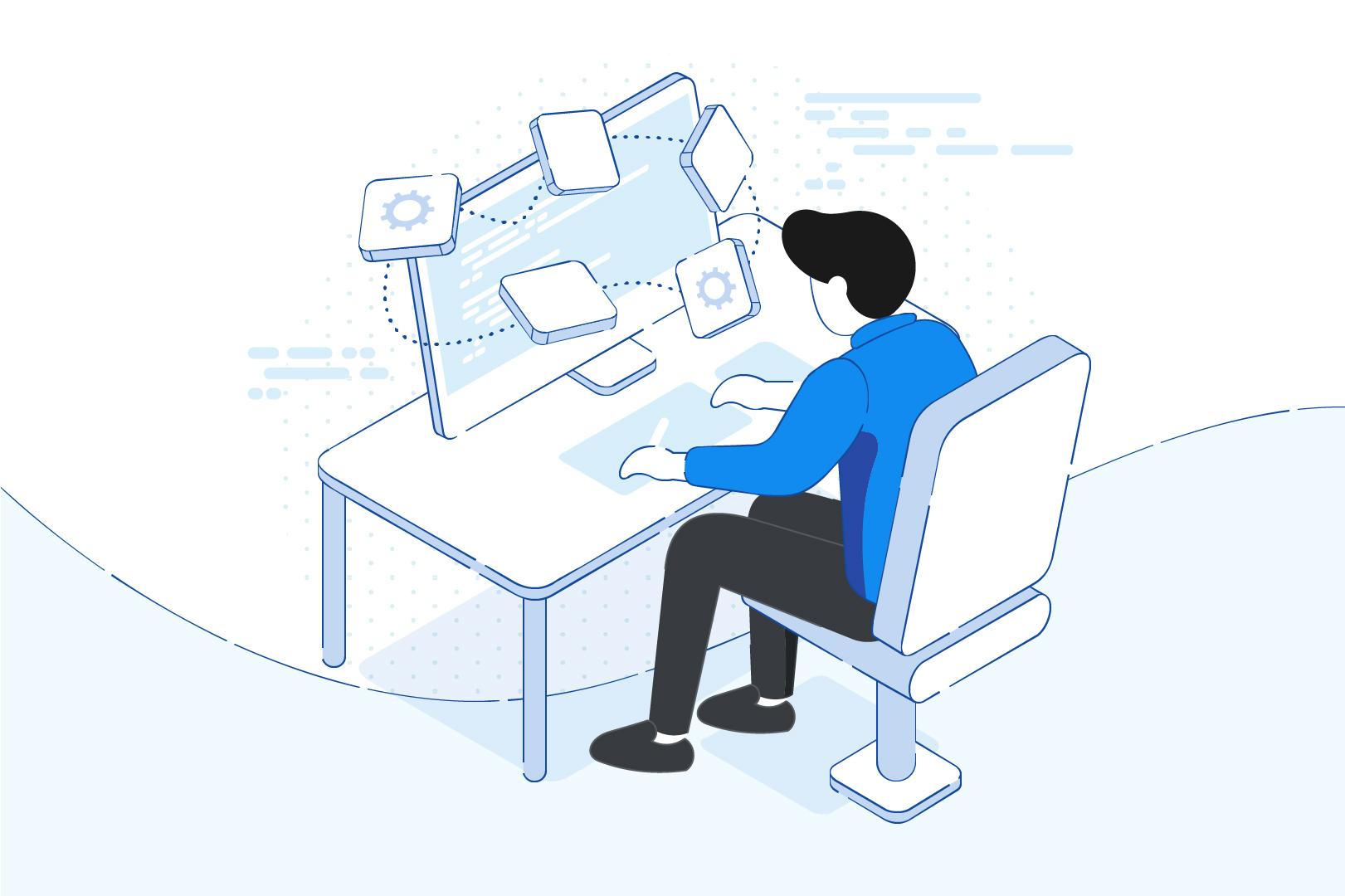The entire world is anxiously dealing with lockdowns and social distancing caused by the COVID-19 outbreak. For the tech industry, the virus outbreak is both an unprecedented challenge and a unique opportunity. Artificial Intelligence enthusiasts are pulling out all the stops to use this rapidly-evolving technology as a tool for fighting the pandemic.
Scientists and medical care experts worldwide are using AI to better understand and contain the novel coronavirus that causes COVID-19. This will help them to effectively treat infected patients and eventually develop vaccines that can prevent future outbreaks.
A.I. Is Changing the Way We Contain & Prevent Coronavirus
Over the past few years, AI has played a remarkable role in improving the overall quality and efficiency of healthcare. Areas like advanced computing and big data analytics have enabled sharing and use of information in a completely new way. It has dramatically enhanced medical care professionals’ understanding of diseases and infections. Considering the urgency caused by the global coronavirus outbreak, governments across the world are using AI-based techniques to fight the pandemic.
Speeding Up Virus Research & Vaccine Development
Medical researchers and virologists alike have geared up research to understand the structure of the virus. The outbreak has prompted an unusual collaboration among researchers around the world. This is mainly due to the scale and intensity of the COVID-19 outbreak. It’s one of the most contagious viruses the scientific community has ever known.
The structure of the virus poses a special challenge for scientists. The novel virus belongs to a family of enveloped coronavirus comprising single-started RNA structure. The RNAs are covered within a layer of protein. It’s similar to double-stranded viruses like HIV, Ebola, and Influenza. The virus’s ability to mutate makes it difficult for scientists to develop a vaccine.
That’s where AI comes into play. Tech companies worldwide are coming up with different AI-based techniques to help the scientific community. For instance, Baidu Inc. has made its Linearfold algorithm available for researchers and medical experts trying to contain the pandemic. The Linearfold algorithm is significantly faster at predicting the secondary RNA structure of a virus.
The AI-based algorithm can provide researchers with useful insights into how the novel virus spread from one species to another. Additionally, AI researchers at Baidu have used the algorithm to predict the secondary structure of the novel coronavirus. The analysis process was 120 times faster than the traditional RNA analysis method.
Scientists believe that quick access to the virus’s structure can dramatically shorten the development period for an mRNA vaccine. Such vaccines would also have better stability and effectiveness. Early development of vaccines means saving thousands of lives during an outbreak.
Tracking Infections and Reducing Risks
AI, combined with machine learning, can efficiently track the trends of disease spread across communities, countries, and geographies. Early access to accurate data about spreads will help healthcare authorities to take effective prevention and management measures. AI-based analysis techniques can also be used to understand previous spread patterns and trends. These insights would be extremely useful for healthcare professionals. Combing the AI-based data with the knowledge of epidemiologists and other experts, authorities can create effective containment policies.
AI and ML can also be used to manage risks of infection. Human behavior patterns and activities are the most potential risks when it comes to coronavirus infection. With AI & ML such behavior patterns can be analyzed to manage risky behaviors and spread awareness.
Safe and Accurate Screening in Real-Time
Almost every epidemiologist in the world has emphasized the role of extensive screening and testing in containing the outbreak. South Korea is was an early adopter of this model. The country launched widespread screening and was able to ‘flatten the curve’ of the outbreak without even imposing any lockdown.
Healthcare authorities need quick monitoring tools, especially in crowded public places and transportation hubs. Such would enable healthcare professionals to isolate infected people and reduce the spread of COVID-19. Tech companies are developing AI-powered, infrared sensor systems that enable temperature monitoring of people in crowded places. China is already using such technologies in places like railway stations.
Automating Medical Care of Infected People
Pneumonia is the most serious clinical condition caused by the novel coronavirus infection. A CT scan of the chest is recognized as the most reliable diagnostic test for pneumonia. With a shortage of medical care professionals amid the outbreak, conducting a large number of such diagnostic tests have become challenging. With automated diagnostic tests and other medical care activities, the fight against COVID-19 would be more effective.
For example, LinkingMed, a medical data analysis company has released an open-source AI model for pneumonia CT image analysis (source: MIT Technology Review). The AI-based technique can quickly and effectively diagnose pneumonia and provide information like the number, volume, and size of the pneumonia lesions.
Besides, automated medical care services like telemedicine can be greatly useful for people under quarantine or self-isolation due to coronavirus infection. Such services would not just strengthen healthcare infrastructure but would also reduce medical professionals’ risks of contracting the virus.
Conclusion
The avenue for AI is virtually limitless in the fight against COVID-19. For instance, AI and big data can be used together to understand the pattern of the virus’s spread across the globe. AI-powered data analytics methods would not just improve efficiency but will also help to prevent future outbreaks.
At OrangeMantra, we’re closely watching the rapid changes in the field of AI research and development. With AI-powered rapid software development and testing processes in place, we have firsthand experience of the power of AI. As a tech-driven company, we are hopeful that AI will drastically improve our fight against this invisible enemy.
FAQs

Q. How is artificial intelligence used in the medical field?
The use of AI-based techniques and automated processes are increasingly common in healthcare. AI is being widely used diagnosis and treatment of patients who require special care. Besides, big data and AI-powered analytics is improving the efficiency of medical research.
Q. How does coronavirus spread?
The novel coronavirus spreads very easily from person to person. It can rapidly spread in homes, hospitals and other confined spaces. A person can carry the virus on tiny respiratory droplets that fall as they are coughed or sneezed out. Coronavirus is also transmitted when we touch a contaminated surface and then touch our face.
Q. Is there a vaccine for coronavirus yet?
No. The first testing of an experimental vaccine in humans began in March 2020. Rapid development of a potential vaccine is unprecedented. Even if such a vaccine is proved safe and effective, it would not be available before 12 to18 months.






















